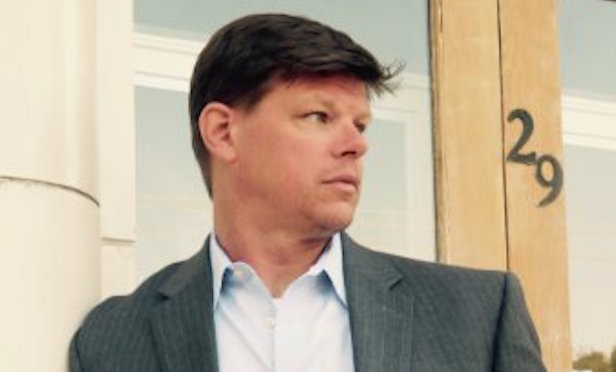 Peter Nichols is director of Marcus & Millichap’s National Hospitality Group.
Peter Nichols is director of Marcus & Millichap’s National Hospitality Group.
CALABASAS, CA—“A year of change is in the wind” for the hospitality sector, according to Marcus & Millichap’s latest report on the sector. In one key aspect—continued growth in RevPAR—the status quo will hold; however, the report says, “emerging trends shape this year’s outlook.”
For starters, there’s the amount of new construction, making for the highest rate of supply growth in the current cycle. Marcus & Millichap’s National Hospitality Group, led by director Peter Nichols, says 140,000 new rooms are projected to come on line across the US in 2017, up sharply from the 100,000 units that were delivered this past year and leading to a 1.9% increase in room inventory.
The report says few rooms are under construction in the luxury and economy categories, but “the upper midscale and upscale tiers are filled with new projects.” The Dallas, Houston and New York City markets face the largest supply additions in these tiers.
Furthermore, it appears likely that elevated completions will persist into next year, putting “additional stress on RevPAR drivers,” the report states. “The debt market, though, could potentially moderate the impact of new supply,” with slowing rates of RevPAR growth, in particular, tempering property performance expectations in loan underwriting and perhaps require larger equity contributions from developers.
Select-service hotels are the sector most likely to be hit by tighter underwriting standards, “Marcus & Millichap says. “Supply growth induced a decline last year in occupancy in select-service hotels, a favorite of investors and developers,” and the trend is expected to “continue and intensify” this year.
This wave of new supply will roll in at the same time as demand growth begins to ebb somewhat overall, with a 1.4% increase projected for the highest level of occupied rooms on record, but at a slower pace compared to the 1.8% demand growth seen in 2016. Accordingly, the occupancy rate will experience its first decline since the Great Recession days of 2009, with a 30-basis point drop to 65.2%.
Competition from new lodging supply and home-sharing services will restrain ADR growth to 2.8% in ’17, while yielding a 2.4% increase in RevPAR. “The streak of consecutive year-over-year gains in RevPAR stood at a record 82 months through the end of ‘16 but could come to an end in ’17,” the report states.
ADR will account for all of the gain to be realized in RevPAR in ‘17, representing “a marked shift from prior years when occupancy growth also contributed significantly,” according to the report. “Greater transparency on room rates, competition from shadow lodging stock and new hotels are among the factors that have pressured ADR growth thus far in the cycle.”
That being said, Marcus & Millichap notes that the industry, and some municipalities, have taken steps to limit the impact of home-sharing services such as Airbnb. The report notes that Airbnb struck working agreements in numerous cities “that purport to ensure that Airbnb remits its share of occupancy taxes and operates under other regulations governing the operation of lodging properties. It remains to be seen whether an eventual slowdown in travel and room demand will materially affect the number of properties listed for rent on Airbnb.”
Another emerging trend that began asserting itself last year was “the superior performance of markets outside of the top 25,” according to Marcus & Millichap. “These ‘other markets’ account for a disproportionately small share of rooms under construction and could record higher growth than the top 25 markets and the entire nation” this year, thus attracting greater attention from investors.
With it all, the sector’s outlook remains positive. “Steady economic momentum together with elevated business and consumer confidence bode well for travel in 2017,” write Nichols and John Chang, first VP, research services, in an introduction to the report. “Although considerable uncertainty regarding government policies on taxes, deregulation and fiscal policies has emerged, numerous indicators still point to continued job creation and consumption. Within this context, hotel room demand should remain strong this year.”

















 Copyright © 2024 ALM Global, LLC. All Rights Reserved.
Copyright © 2024 ALM Global, LLC. All Rights Reserved.